Description
The design of a reinforced concrete beam involves determining the dimensions and reinforcement details to ensure that the beam can safely carry the applied loads while meeting code requirements. Here’s a general overview of the design process for a reinforced concrete beam:
- Understand Requirements:
- Determine the type of structure and its intended use.
- Identify the loads the beam will be subjected to, including dead loads, live loads, and other potential loads (e.g., wind, seismic).
- Select Design Codes:
- Choose the appropriate design codes and standards based on the project location and requirements. Common codes include ACI 318 (American Concrete Institute) for the United States and Eurocode 2 for Europe.
- Calculate Loads:
- Calculate the factored loads on the beam, considering safety and load combinations prescribed by the design code.
- Select Beam Dimensions:
- Based on the calculated loads and span length, choose initial dimensions for the beam. This may involve determining the overall depth, width, and effective depth of the beam.
- Determine Moment and Shear:
- Calculate the maximum moment and shear forces along the length of the beam. These values are crucial for selecting appropriate reinforcement.
- Select Concrete Grade:
- Choose the appropriate concrete strength based on structural requirements and environmental conditions.
- Select Steel Reinforcement:
- Determine the type and amount of reinforcing steel required to resist the calculated bending and shear forces. This involves selecting the diameter and spacing of the bars.
- Check for Serviceability:
- Verify that the beam satisfies serviceability criteria, such as deflection limits and crack control.
- Detailing:
- Provide detailed drawings that include reinforcement details, bar bending schedules, and any additional requirements for construction.
- Check for Code Compliance:
- Ensure that the designed beam complies with all relevant code provisions and safety factors.
- Review and Revise:
- Review the design and make any necessary revisions to optimize the dimensions and reinforcement based on structural performance and economic considerations.
- Documentation:
- Prepare comprehensive design documentation, including calculations, drawings, and specifications, for construction and regulatory approval.
It’s important to note that the specific steps and requirements may vary based on the design codes and local regulations applicable to the project. Additionally, computer-aided design tools and software are often used to assist in the calculation and detailing processes. Engineers should always follow the specific requirements of the relevant design codes and standards in their region.

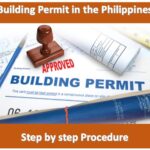
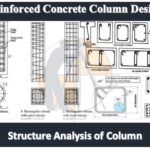
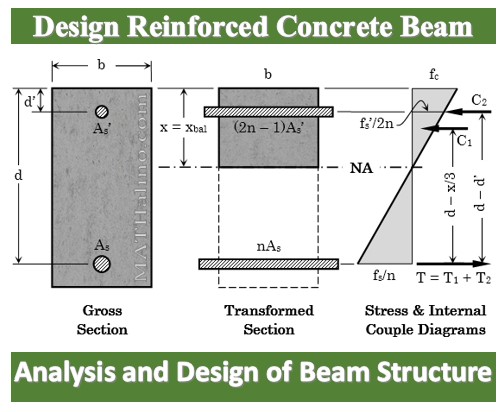
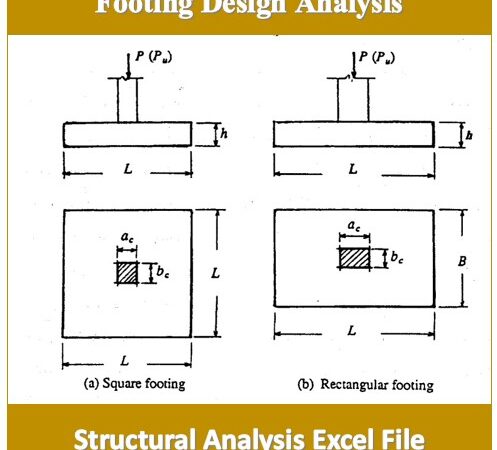
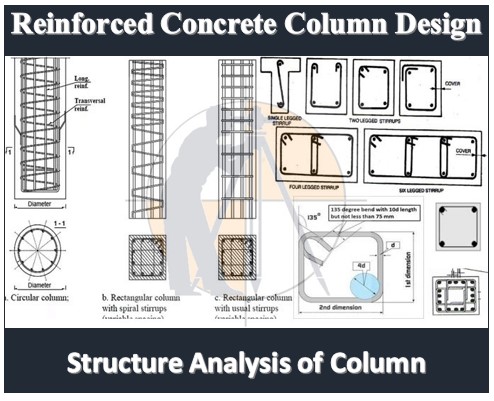


Reviews
There are no reviews yet.